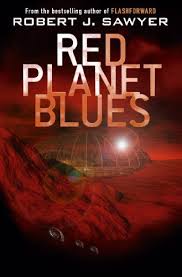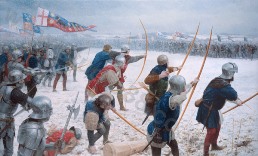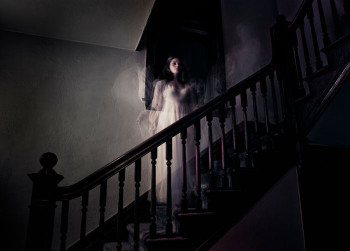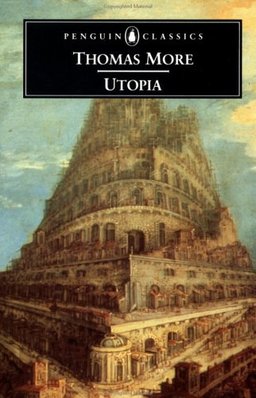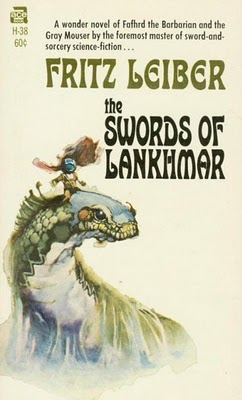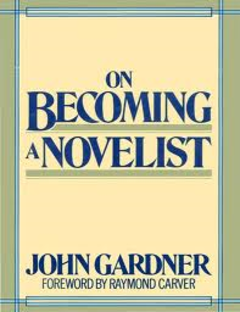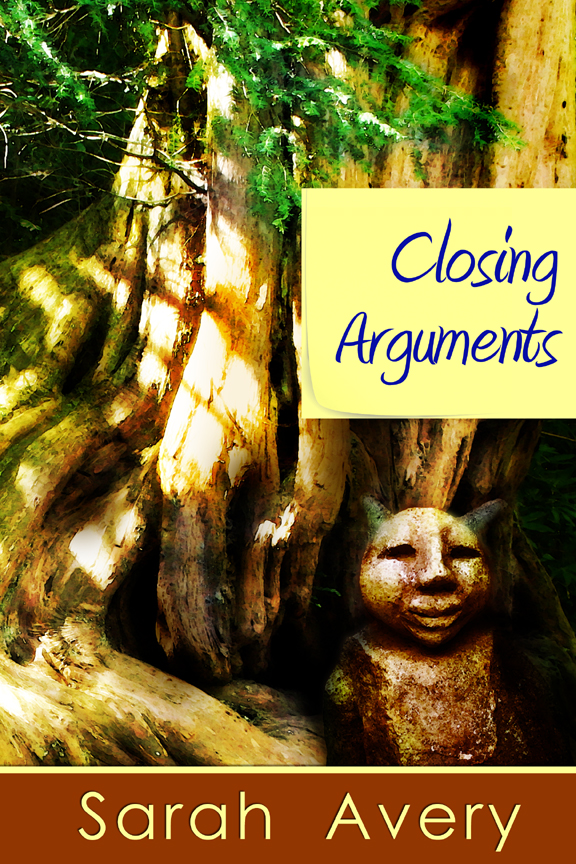So What’s Wrong With (Some) Modern Fantasy?
“Ooo, Neil! You’re so creative! How do you get your ideas? All that magic and mysticism and darkness. OOoooo…”
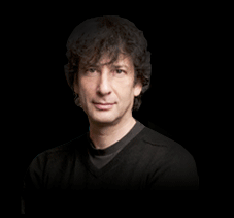
And repeat.
Yes, I was at a Neil Gaiman reading. And Gaiman, of course, rocks.
He doesn’t write about talking squids, but much of his output falls squarely in the Fantasy and Science Fiction category. Judging from the beer bellies and black T-shirts at the event, we geeks know this — hard to miss when he’s written Batman, Babylon 5, and Dr Who. And of course, a good whack of his prose fiction counts as Fantasy.
What’s interesting is that the non-geeks don’t seem to get this. To them he’s this wonderful, off the wall, creative genius, the sole acceptable purveyor of vampires and werewolves and Old Gods. If they are aware of the wider genre(s), they dismiss them as “sweaty handed nerd stuff.” Rayguns and space rockets are fine in Dr Who, but not elsewhere.
You see the same thing with Tolkien and also our local hero, JK Rowling. People who are snotty about anything with magic on the cover, go crazy over the Potterverse and Middle Earth; “It’s not Fantasy, it’s Children’s Fiction/Literature.”
This is maddening. Geeks are people too. How unfair to be sneered at, put down, for one’s tastes by the same people who are embracing them. It’s like being beaten up for “being a Paddy” by a party of drunks on their way home from Riverdance.

